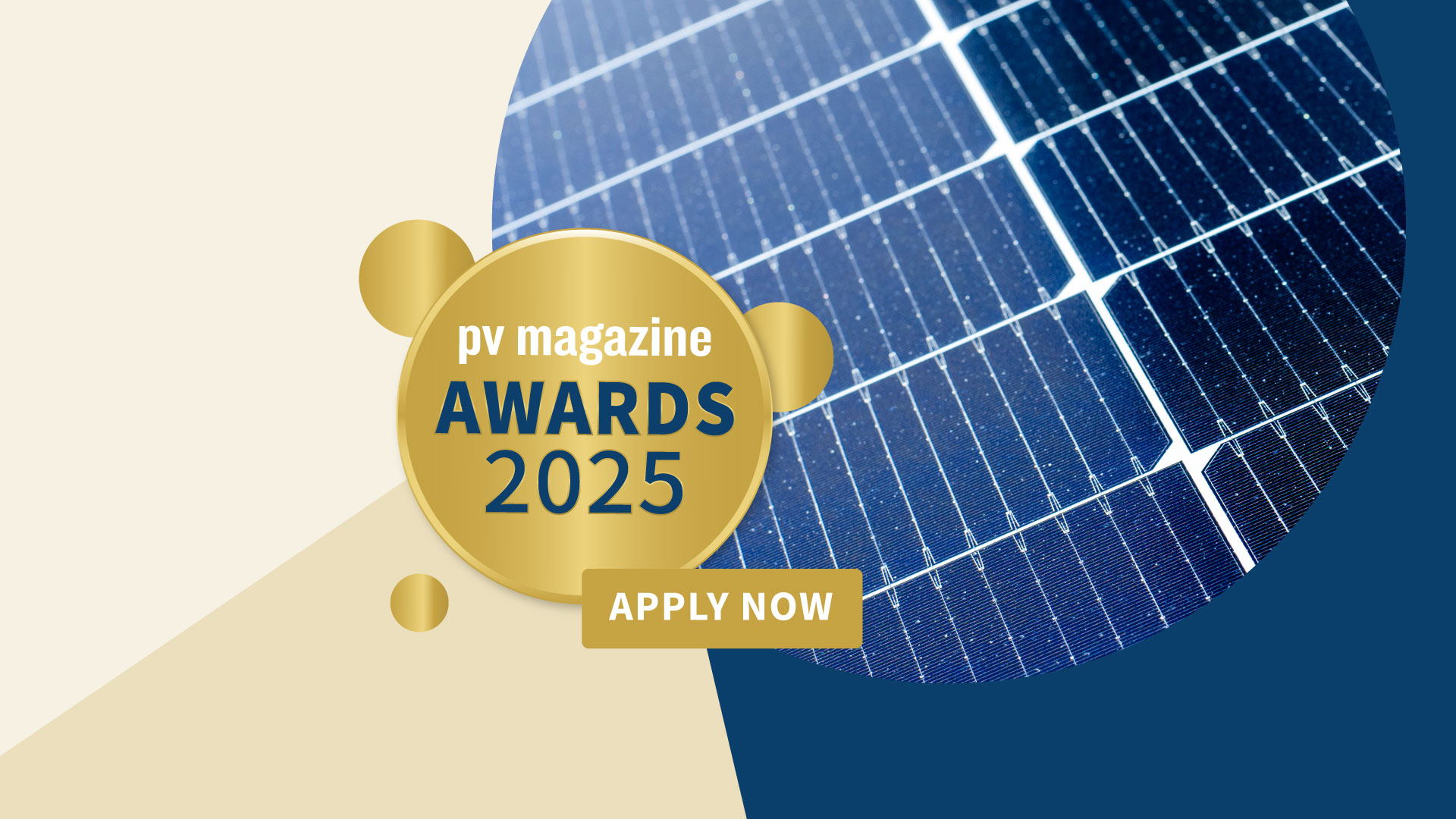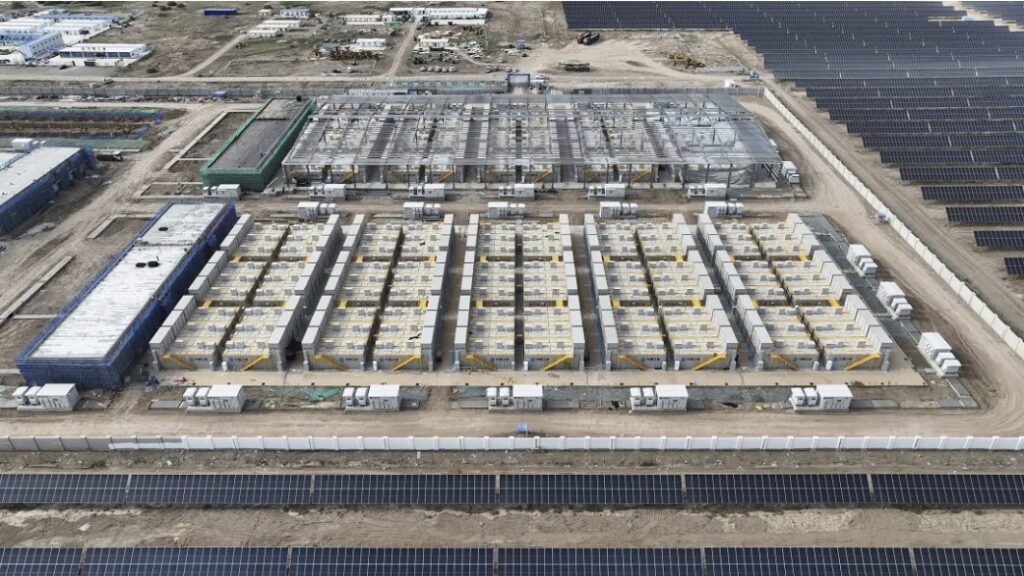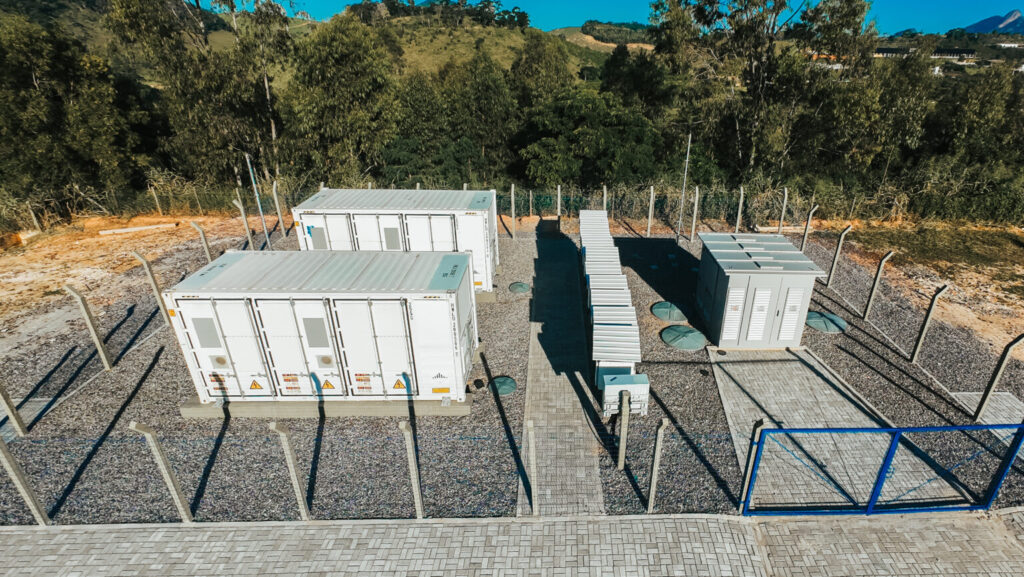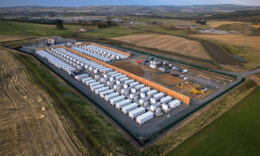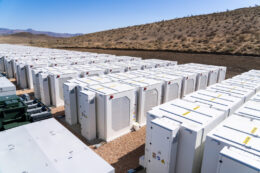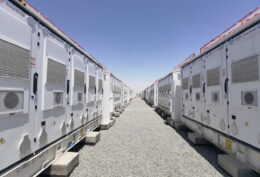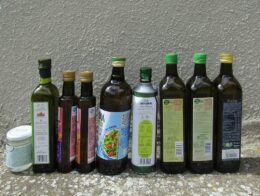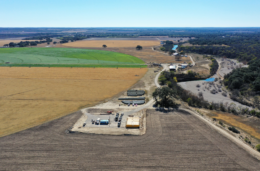Accelerating pumped hydro energy storage in India
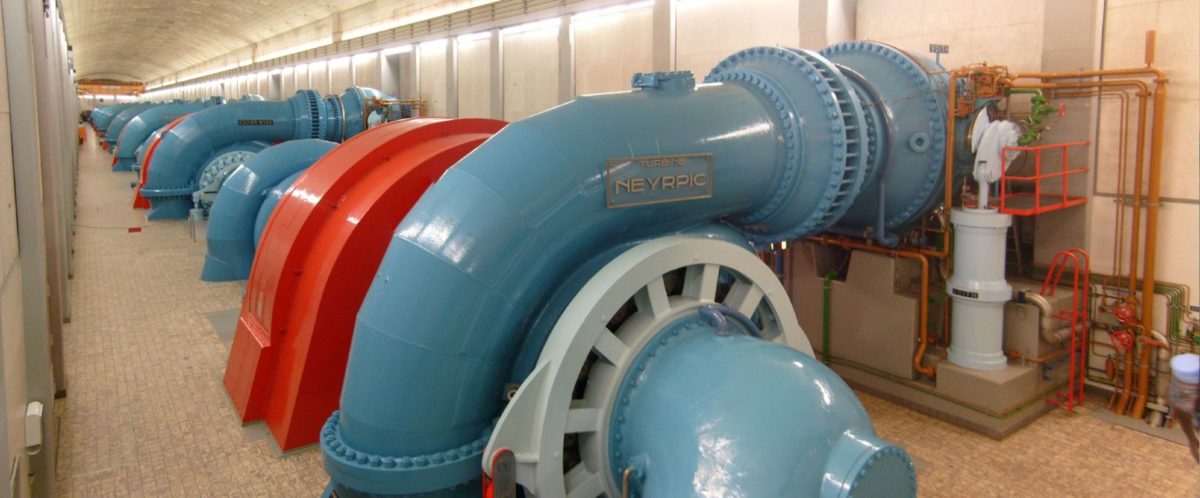
India had 466 GW of total power generation capacity at the end of January, with 100 GW of solar and 48 GW of wind power sites making up 32% of the total.
With the National Electricity Plan laid down in 2023 anticipating 365 GW of solar and 122 GW of wind by 2032, to account for 54% of a 900 GW power mix, the government expects 27 GW/175 GWh of PHES will be necessary by April 2032 to even out the intermittent supply from renewable energy sites.
French energy giant EDF has published a report indicating private-sector and international developers will be crucial in driving the roll-out of that PHES capacity.
To attract such businesses, the report said, storage capacity procurement exercise must be refined, along with payment security mechanisms, and regulatory processes. Fine-tuning tender eligibility, for instance, could attract experienced PHES developers and enable knowledge-transfer via joint ventures. The report suggested a requirement for detailed project reports, approved by India’s Central Electricity Authority, before bidding starts in procurement auctions, would improve project-cost predictability and help financial structuring.
A two-step procurement process, where site selection and technical feasibility would be assessed before bidding, would further strengthen project viability, according to the EDF publication.
Referring to payment security mechanisms, the report stated, “PSM can be enhanced to provide greater confidence to investors and developers. Establishing a centralized PSP [pumped storage project] procurement agency, modeled after Solar Energy Corp of India Ltd (SECI), could help streamline contracts, ensure timely payments, and improve risk mitigation. Introducing state-backed escrow accounts linked to [electricity] distribution companies’ (Discoms’) revenues would prioritize PSP payments and reduce payment uncertainty. To further safeguard financial sustainability, a structured pass-through mechanism, for cost escalations due to geological or policy changes, could provide flexibility while maintaining long-term tariff stability.”
The report also recommended simplified approval processes via a single-window clearance system; addressing supply chain constraints by using temporary waivers on import duties for critical PHES components until domestic production meets at least 75% of demand; and aligning PHES procurement with global environmental, health, and safety standards to enhance investor confidence and ensure compliance with best practice.
From pv magazine India.



